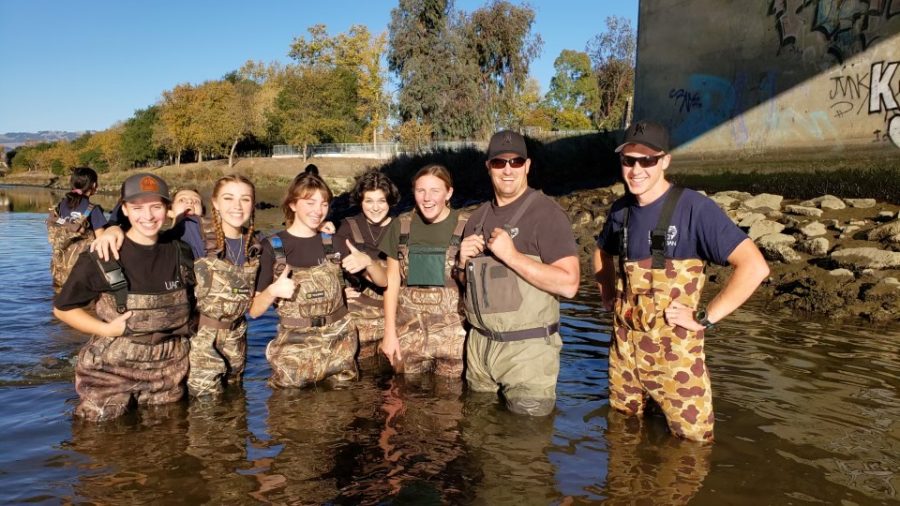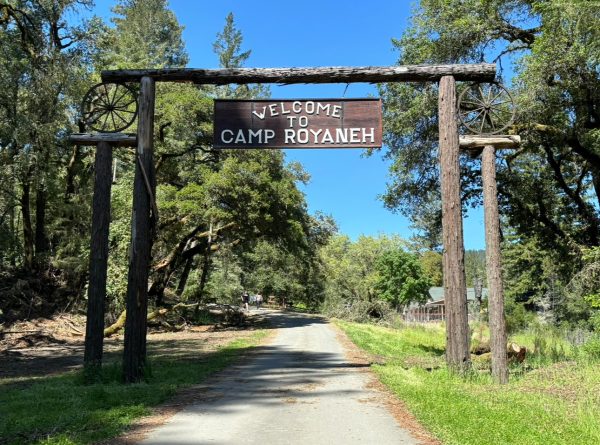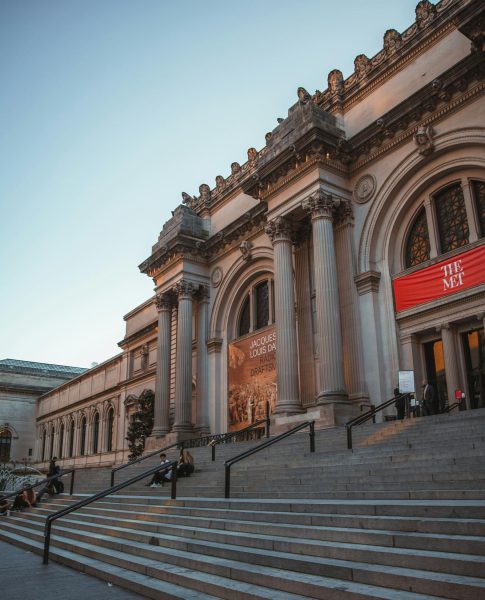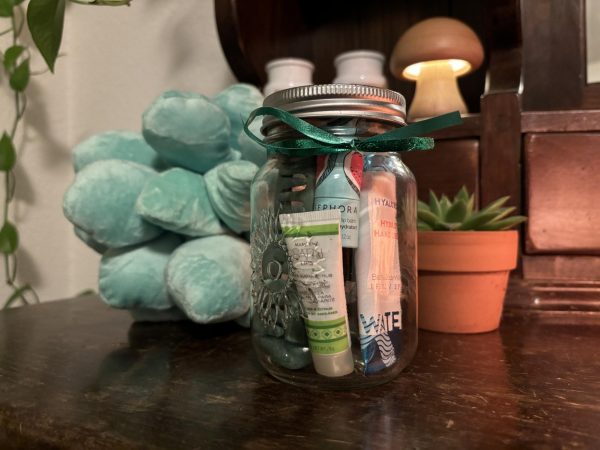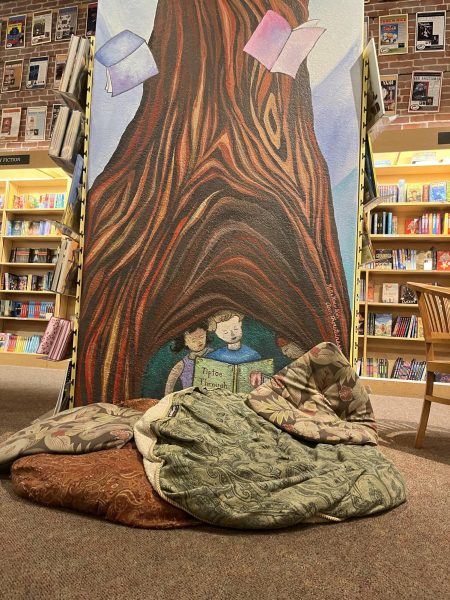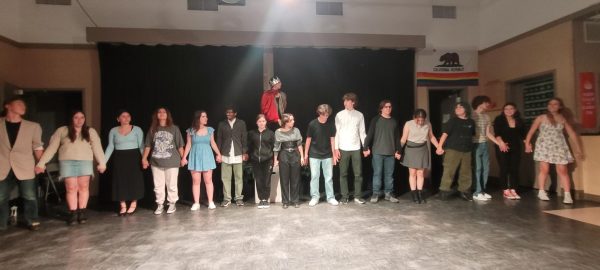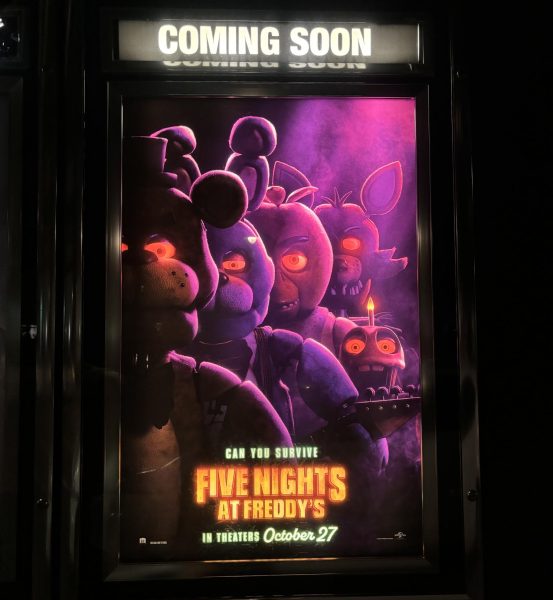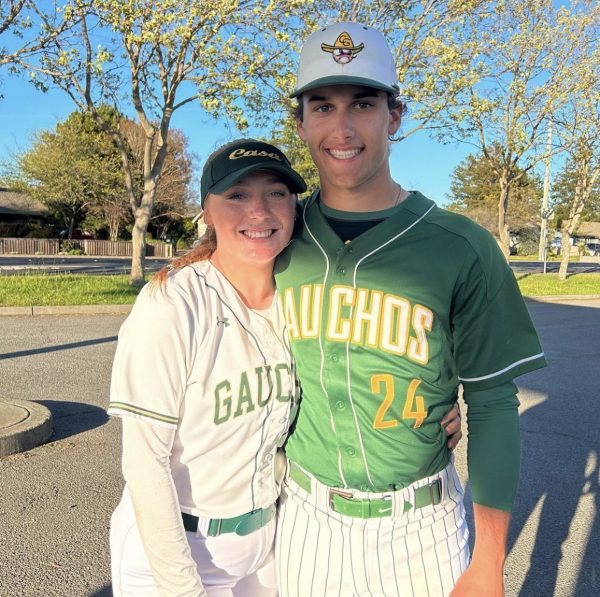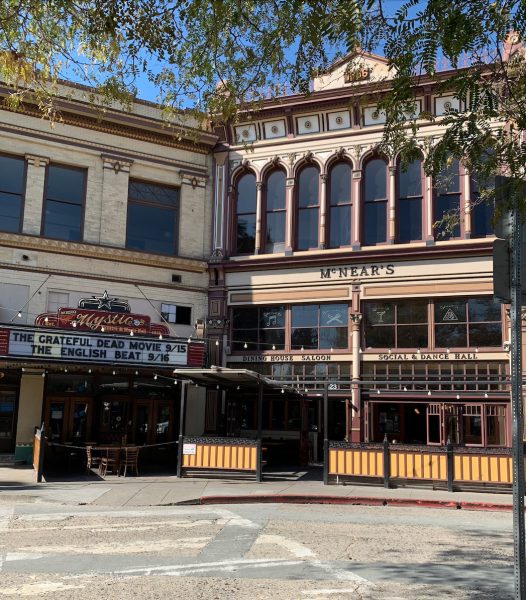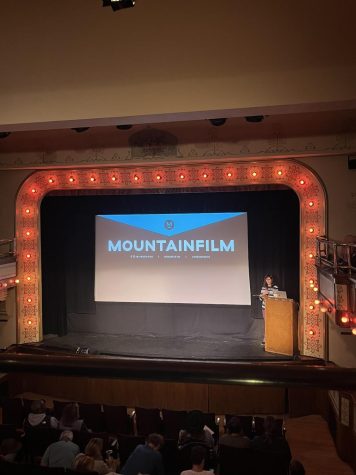Have You Heard of the Casa Grande Hatchery?
If you’ve ever walked by the student parking lot and wondered, “What is that building with the birds and fish on it? You wouldn’t be the first one to ask. That building is home to Casa’s hatchery program. It’s run by Mr. Dan Hubacker, a Casa Grande alumnus as well as a former hatchery student.
Started by Mr. Tom Furrer, former wildlife biology and hatchery teacher, the hatchery program has been around for 40 years. “I came on the scene the first year the classroom was added onto the hatchery itself and have stuck around ever since,” tells Hubacker. From Furrer, Hubacker learned the ins and outs of the program and has continued to improve upon it ever since.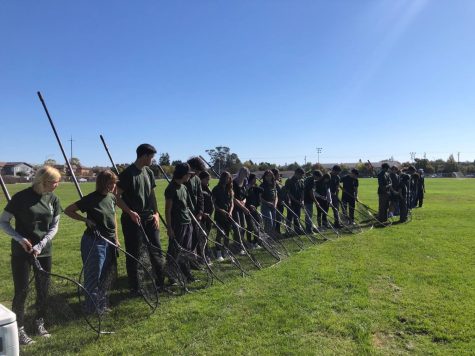
Within the program, there are two classes: Environmental Conservation and Restoration (ENCR), the beginner’s class, and Field Studies, the advanced class. Hubacker explains, “You’re going to start off and learn about how animals interact with one another, about mountain lions, to fish, to bears, and all of that stuff.” In addition to environmental relationships, ENCR students will also learn about the creeks nearby, such as Adobe Creek, as well as the fish in the hatchery building, which at the moment houses steelhead trout. ENCR student Grayson Garner details, “So far, we’ve been learning about the Endangered Species Act and taking notes on it. Next week, we start net training.”
Hatchery traditions, as well as significant parts of ENCR, include Happy Week and the Bear Test. For those who were on campus last year and saw students dressed up in bright colors all week or saw a man with a bear suit all over Casa, those represent large components of these events. Although not much is able to be shared about these events before they happen, one piece of information was given by seniors and former ENCR students Logan Spencer and Julia Boaz: “It’s a beautiful day outside.”
As for Field Studies, it’s a course available for students who previously took ENCR, are passionate about the work they do, and want to stay involved with the hatchery program. It is much more involved and has many opportunities to work outside of the classroom. “We do maintenance around the hatchery, and some people’s jobs, or leadership positions, involve going and picking up donations,” says Logan Spencer, senior and president of UACG. “It’s a lot of cleaning the facility because we are the ones that run the whole hatchery. We do yard work, we do it all,” says senior Julia Boaz, vice president of UACG. 
Many don’t realize that the hatchery does not benefit from school funding or services. It’s also a non-profit organization, so they are responsible for their own funding. Hubacker relayed that inside the silver gates, which were also hatchery purchased and built, everything is hatchery property and was built, paid for, and kept up by ENCR and Field Studies students. That is why the fundraiser, which was held on November 5th, is so paramount. The revenue generated from that will be used to keep up the hatchery as well as pay for parts for various machines that keep the fish alive and well. ENCR student Rowan Schmidt explains, “We have a bunch of companies and stores trying to help and donate. There’s going to be a silent auction and some family baskets to raffle off… All the funds go completely to the hatchery. The students nor the teacher really get anything from it. We also need to fix our chiller because it broke. It helps keep the water cold for the fish because we have steelhead trout in there right now.”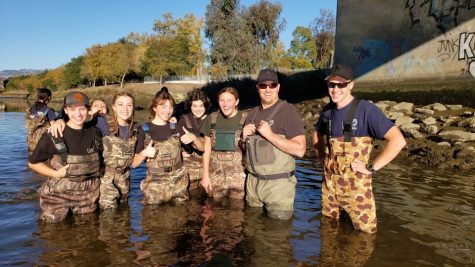
The United Anglers of Casa Grande, also commonly referred to as UACG, is also a prominent component of the hatchery program. “We picked that title not because we really like fish but because there used to be a group called United Anglers of California. When we started the club, the idea was that in case something was to go wrong, we had a bigger group of adults to support us. Those groups have since gone away, but here we are continuing on,” relays Hubacker. Students that become part of the hatchery program are considered part of UACG. They are able to care for and handle fish once they have been properly trained and are included under the hatchery’s new rescue-rearing permit.
Although this can be a large part of the course, students do not have to handle the fish. Hubacker explains, “There’s many other kids that come into the program that don’t know anything about fish, don’t like fish, the whole nine yards, but this is something different. The class is a hands-on related class. It’s essentially your call how far you want to take it.” You can keep your work in the classroom or you could spend your time doing internships to keep animals from going extinct, be out in the field, or help to run a business. However, those more invested in the program get the most out of it.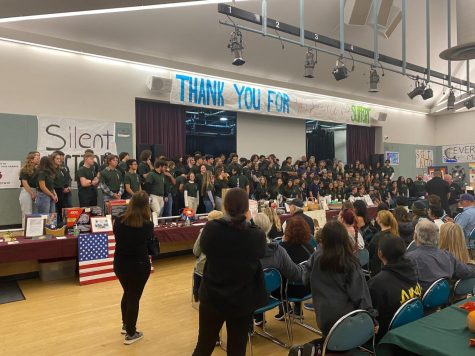
When asked about their favorite parts of the program, Boaz and Spencer shared the same one: the people. “I really like the people that I have met in the program because everyone has been super supportive and Mr. Hubacker just makes everyone feel like we’re in a little family and community,” tells Boaz. Working with and learning about fish and animals was a close second, but the people were first and foremost. “One word: fish. But also, like Julia said, the community that surrounds the hatchery, as well as being able to have hands-on experience with a science class.”
In the hatchery program as a whole, new students, returners, and Mr. Hubacker alike display a strong sense of community and pride in what they do. If an opportunity comes to take the class, a word of encouragement: “I cannot emphasize that enough, take the class! You will learn so much about cool animals. You will learn so much about working as a community. You will learn about communication and basically make a bunch of friends that you thought you’d never have,” concludes Boaz.


